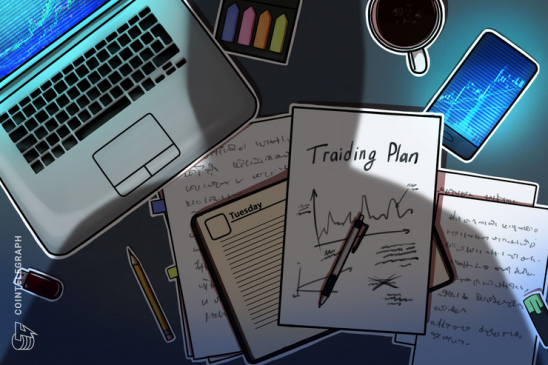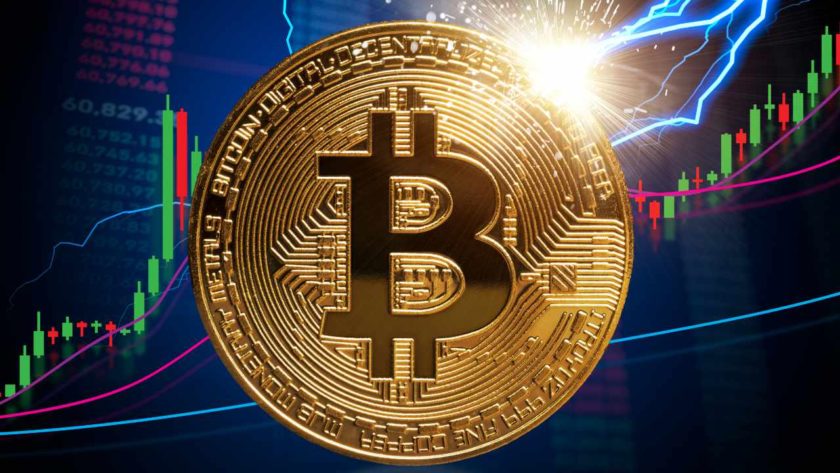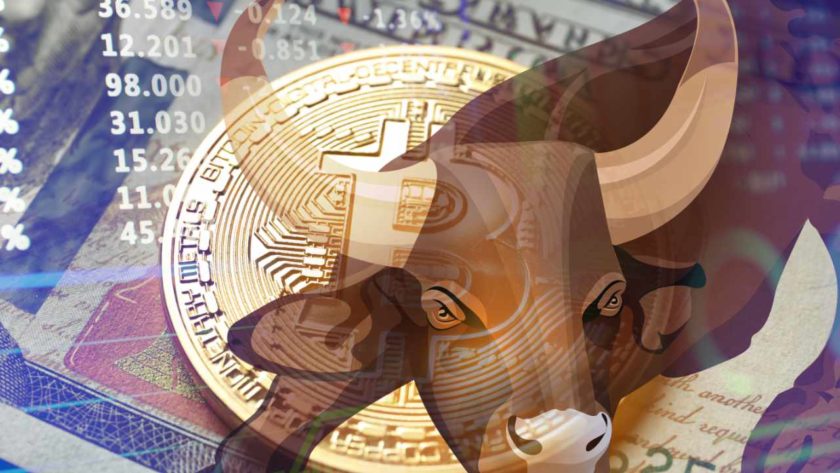Experienced traders learn from the lessons of the past and develop specific trading rules to avoid making the same mistakes twice. They stick to their rules, no matter how much temptation there is to violate them. Everyone has a different list – here are some of mine, which I keep posted next to my screen to make sure that I check them before entering a trade.
Never revenge trade
When I finish a trade, whether in profit or at a loss, I have a rule that I steadfastly stick to. I close the chart and do not look at it for 24 hours. This prevents me from revenge trading. There’s a reason the trade was closed, which means there’s likely no reason to immediately re-enter.
Revenge trading is responsible for a large portion of an emotional trader’s losses. There is no rational reason to attempt to recover your losses on the same asset that you lost them on and its likely that you can likely make a better trade elsewhere. This is particularly key when scalping Bitcoin with leverage. Crypto traders watch Bitcoin for hours a day and this makes it very hard to detach after a loss and not reenter.
Avoid trading crypto on weekends
Weekend price action in the crypto market is often volatile and occurs at low volume. This makes it harder to predict price action. Whales have a much easier time moving price with low liquidity when the walls are not defended. This puts retail traders at a significant disadvantage. Also, weekends are for decompressing and having fun – the natural time to take a break from the charts.
Never trade Forex on Friday
Fridays are famous for added volatility in Forex markets, largely due to professional traders taking profit and closing positions to avoid action on the weekend when they are unable to manage their positions. Like the pros, you generally don’t want to carry open positions into the weekend because you are likely to get stopped out at the Sunday open if news moves price against you. Friday afternoons are often called “chop and slop” because most traders are thinking about other things.
Maintain specific trading hours
I only trade when I am fully focused and sitting at my desk. The crypto market is 24/7 and therefore impossible to track at all times. I set trading hours for myself and treat it like a job. If I keep a position open, my orders are set and I do not check the status until I am back in my office during “official” trading hours. This removes the urge to be constantly attached to the market and my phone and allows me to spend time with my family and to do other meaningful things.
Never fall in love with an asset
If you’re in love with the asset or investment that you are trading, you give way to flawed decision-making. As a trader, It’s your job to capitalize on inefficiency, making money while everyone else is leaning the wrong way. Trading without emotion means trading without attachment. People tend to become emotionally attached to specific altcoins, teams, and projects. This is fine for investors, but a potential disaster for a trader.
KISS – Keep It Simple, Stupid!
One of my steadfast rules. As a beginning trader, I used to check multiple indicators, news sources, and patterns to try to find confluence for my trades. This usually resulted in paralysis by over-analysis. When I see something on a chart that fits my system, I generally take the trade, understanding that my stop loss and position size are far more important than my entries and exits.
Only trade when you are in the proper mindset
This is key. I will not trade when I am angry about something, when I am tired, or when I am stressed. I have to be in an even, zen-like state to trade unemotionally and use my best judgment. Having a life outside of trading is key to maintaining the proper mindset. Going to the gym, spending time with family and friends, reading books and playing sports are all key to my trading success.
Don’t forget to journal
Journaling is boring and tedious. It also happens to be essential because it helps you avoid making the same mistake twice. I have to remind myself to slow down, stop looking at the charts, and take the time to record as much information as possible about my trades.
Paper trade daily
I still paper trade regularly. In fact, I have far more theoretical positions open than actual ones at any given time. I paper trade multiple Bitcoin positions each day, as well as a number of altcoins. Since I am risk-averse and take very few real trades, I use paper trading to test new ideas and indicators and to keep the tools in my box sharp for when I need them.
Don’t try to catch a falling knife
The phrase “catch a falling knife” describes the attempt by a trader to buy a dropping asset at or near its low point of a significant move. This often occurs when someone is trying to make up for a loss caused by a large move, in an effort to average down at the lowest point and ride the asset back up. It is unwise to attempt perfectly timing the bottom and far safer to wait for confirmation in the form of a support to resistance flip. Trading within a movement is far less risky than attempting to buy the bottom and sell the top.
Don’t overtrade
I have found that the less I trade, the more money I tend to make. Even when the market is offering multiple opportunities, I try to keep less than 3 active trades open at any time. It is far harder to manage risk with more positions, as you could take a major loss if every trade goes against you at the same time.
This is the set of rules that I live by, all developed through hard lessons and losses. You should create your own list of rules – it will help you make good decisions and stay profitable!
The views and opinions expressed here are solely those of the author (@scottmelker) and do not necessarily reflect the views of Cointelegraph. Every investment and trading move involves risk. You should conduct your own research when making a decision.




